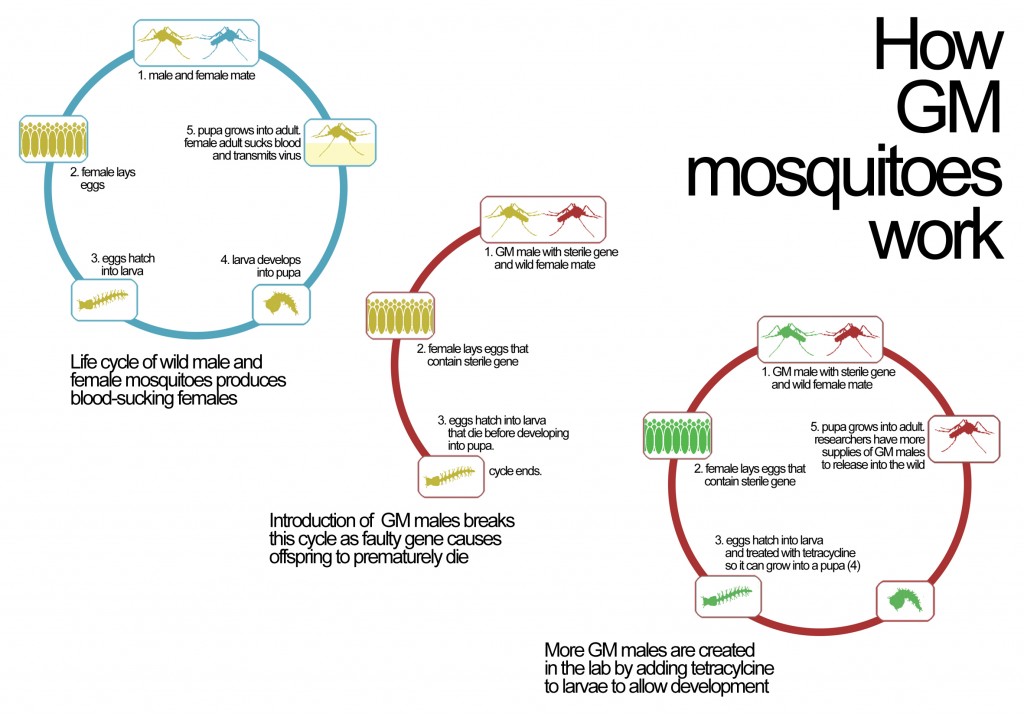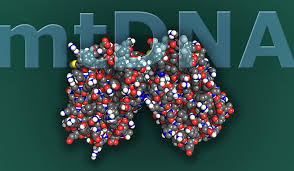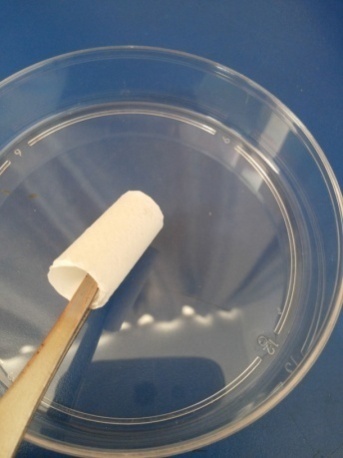February 4, 2015 – In looking at recent journal articles that have significant biomedical implications I have selected four to talk about today.
The first is the announcement by President Obama to enlist one million Americans as volunteers in providing their genetic profiles. The second involves breeding new strains of mosquitoes and introducing them into the wild to stop malaria, dengue and chikungunya fevers. The third involves researchers uncovering the relationship between mitochondrial DNA and our immune response. And the final one involves the invention of a micro-printing method for creating fine vascular blood vessels.
President Obama Announces One Million DNA Profile Project
In a shift away from blanket prescriptive cures to disease, a one trick pony that has dominated medical practice since the dawn of antibiotics, the President’s initiative will lead to treatments tailored to specific genetic profiles. For cancer, autoimmune and other diseases that continue to defy cures, this represents a game changer.
The initiative is looking for volunteers and doesn’t need a million because there are already many large population DNA studies already being done in a number of universities and biomedical research companies. Once accumulated the million DNA profiles will lead to what is being called precision medicine, tailored to specific profiles and capable of better outcomes in dealing with intractable diseases and cancer.
Mosquitoes Being Harnessed to Fight Disease
Plasmodium falciparium is the bacteria responsible for malaria. Mosquitoes host the bacteria and transfer it to humans when they bite. In trying to develop a malaria vaccine the challenge has come from the nature of the bacteria to rapidly evolve new strains. So scientists are always one step behind the bug. But now researchers are harnessing the mosquitoes themselves to fight not only malaria but dengue and chikungunya, two other diseases spread by the flying insect.
In the case of malaria and dengue, scientists discovered Chromobacterium sp (Csp_P), a bacteria found in the natural habitat of mosquitoes which also seems to act as an antibiotic for the insect. When mosquito populations were fed Csp_P cultured in a sugar solution a large number of them died. But those that survived were no longer infected with Plasmodium or dengue and therefore, no longer transmitters.
And that’s not the only research that is harnessing mosquitoes to help fight the diseases they normally spread. A new research initiative with promising preliminary results is about to be tried in the Florida Keys. Millions of genetically modified mosquitoes will be introduced into the wild to fight the spread of dengue fever and the newest tropical disease threat, chikungunya. The mutated mosquitoes, all male are programmed to self-destruct. When mating with the existing wild female population no offspring will result. In the Cayman Islands and Brazil where genetically modified mosquitoes were recently introduced the die off rates have varied between 80 and 96%. Of course, there is opposition by many who fear any science associated with genetic modification. The diagram below, hopefully, provides a better understanding of how it all works.
Immune System Trigger in Mitochondrial DNA Linked to Chronic Inflammation
Mitochondrial DNA (mtDNA) found in every living cell play a significant role in converting ingested raw materials into energy. A combined Yale University, University of Alberta and Washington University School of Medicine study, however, recently identified an unexpected relationship between mtDNA and immune response.
It turns out that mtDNA when exposed within a cell to viruses triggers immune responses leading to inflammation. Even more peculiar was how mtDNA even when not exposed to a viral infection, can trigger immune responses. The researchers hope to study the phenomenon further to determine mtDNA’s role in aging and cancer.
New Artificial Vascular Grafts Represent Significant Surgical Advance
Vascular grafts are used in surgical procedures to redirect blood flow when natural blood vessels cannot do the trick. One of the most common uses is in coronary bypass. Traditionally natural grafts are harvested from the patient’s own body. But you can only take so many transplanted blood vessels before you begin to compromise the patient. And in many cases, the patient’s underlying complications can ultimately lead to vascular failure at the transplant site.
Researchers at Shanghai University, however, have combined micro-imprinting and electro-spinning technology to produce a vascular graft that mimics natural ones. When introduced the grafts which degrade over time, create the blood flow that’s needed and provide a scaffolding for the body’s natural cells to eventually grow and replace them.
Electrospinning is proving to be an important nanotechnology in biomedicine because it creates fine matrices that act as growing medium for natural tissues. The technique used by the Shanghai research team created triple-layered artificial vascular grafts, a vast improvement over previous results.





















